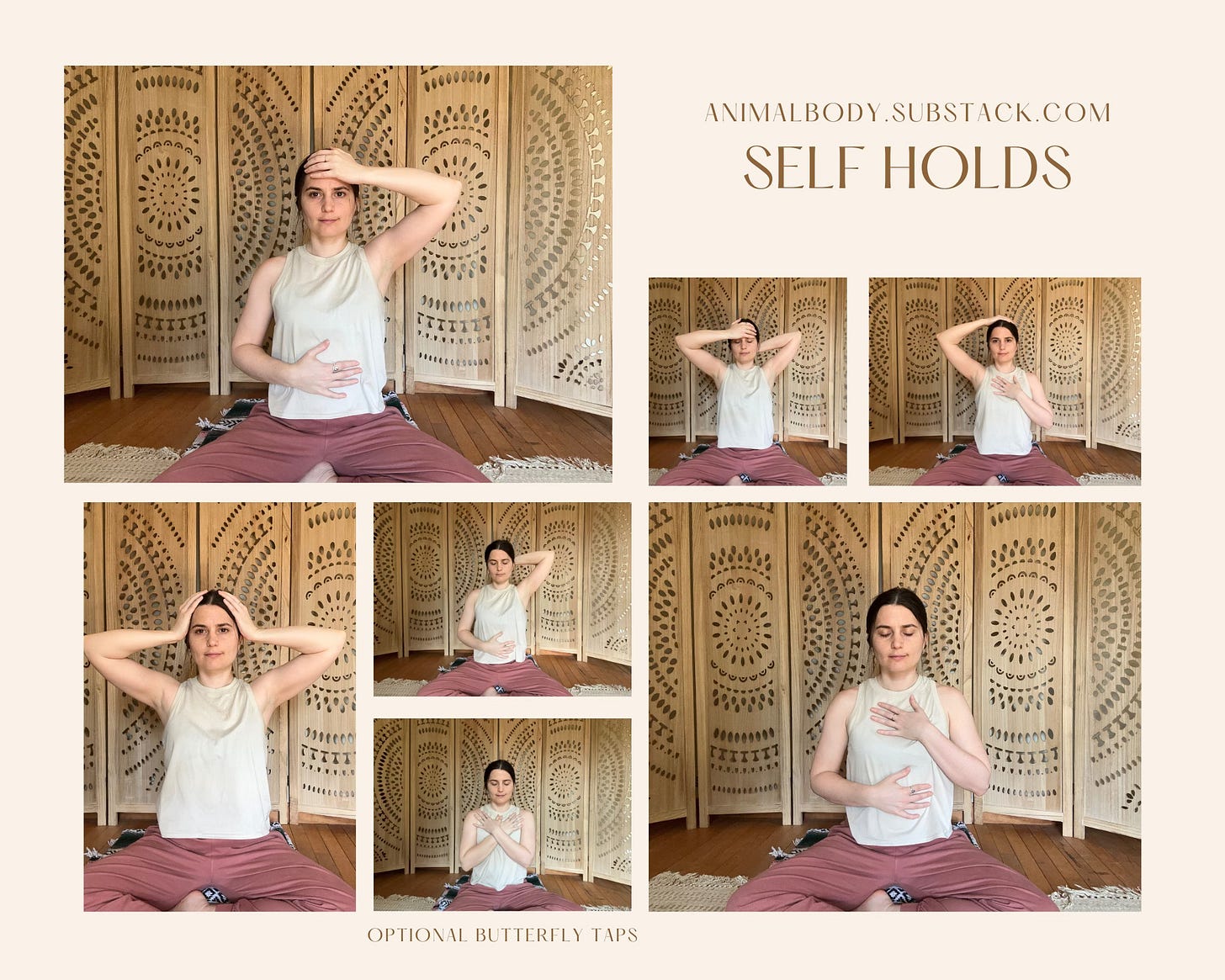Before we ever speak a word, we communicate through touch.
It begins in the womb. By 8 weeks gestation, the sense of touch is already developing. Long before we have words or even sight, we come to know the world through contact: the pulse of a heartbeat, the press of skin, the feeling of being held.
These early touch experiences shape the nervous system. For those lucky enough to have had an adequately attuned caregiver, they teach us about safety, connection, and what it feels like to be soothed. In fact, it’s through touch that infants learn to regulate stress—with the help of a caregiver’s hand, a warm chest, or the rhythm of being rocked. Touch literally builds the brain, creating the foundation for emotional regulation and secure attachment.
And that language of touch never leaves us.
As adults, we still rely on it (consciously or unconsciously) for comfort, grounding, and connection. But many of us don’t receive enough nourishing touch. Or we carry histories that make touch complicated. That’s where self-touch becomes so powerful.
Here’s what the science tells us:
Gentle, intentional touch activates the parasympathetic nervous system—specifically the ventral vagus nerve—which shifts the body out of fight-or-flight and into states of calm and connection.
It stimulates the release of oxytocin, often called the “bonding hormone,” which helps reduce stress and increase feelings of trust and wellbeing.
It engages the somatosensory cortex, helping you map the boundaries of your body—essential for feeling grounded, especially in moments of overwhelm or dissociation.
It supports interoception, your brain’s ability to track internal signals like breath, heartbeat, and gut sensations. This is the foundation of embodied self-awareness.
From a trauma-informed lens, self-touch can also restore a sense of agency. You get to choose when, how, and where to offer contact. You get to move at the pace of trust. This is particularly important when external touch feels unsafe or unavailable.
The practices I share in the video are easy to memorize and use anytime. Here you’ll find some photo references in case you ever need a quick visual reminder of these different options. Feel free to mix and match the hand placements—there’s no way to do it wrong.
With care,
Elena













Share this post